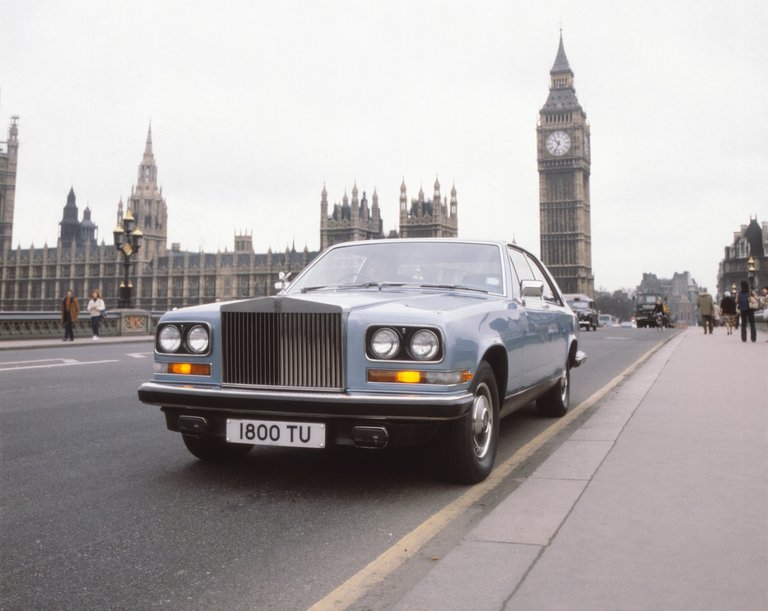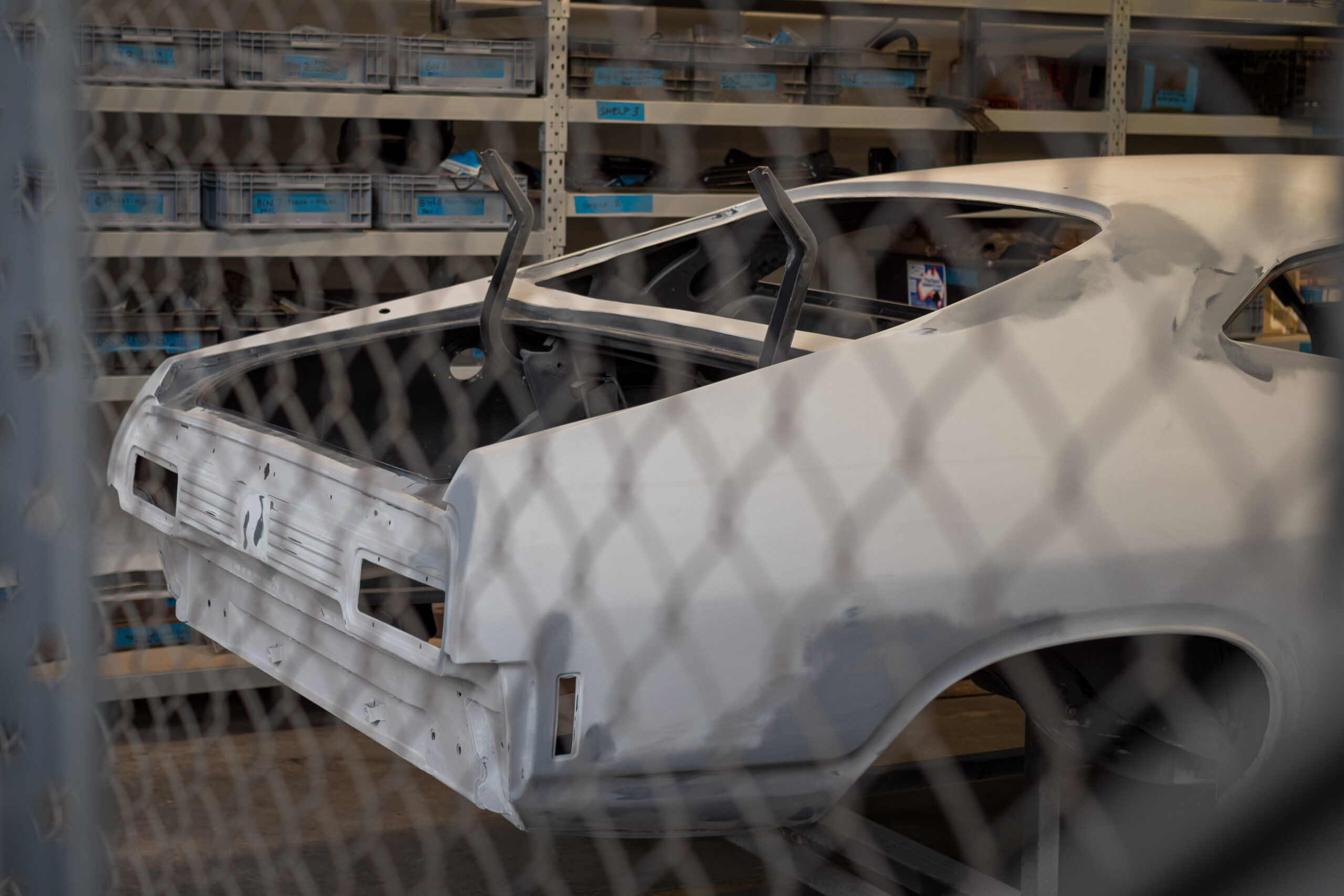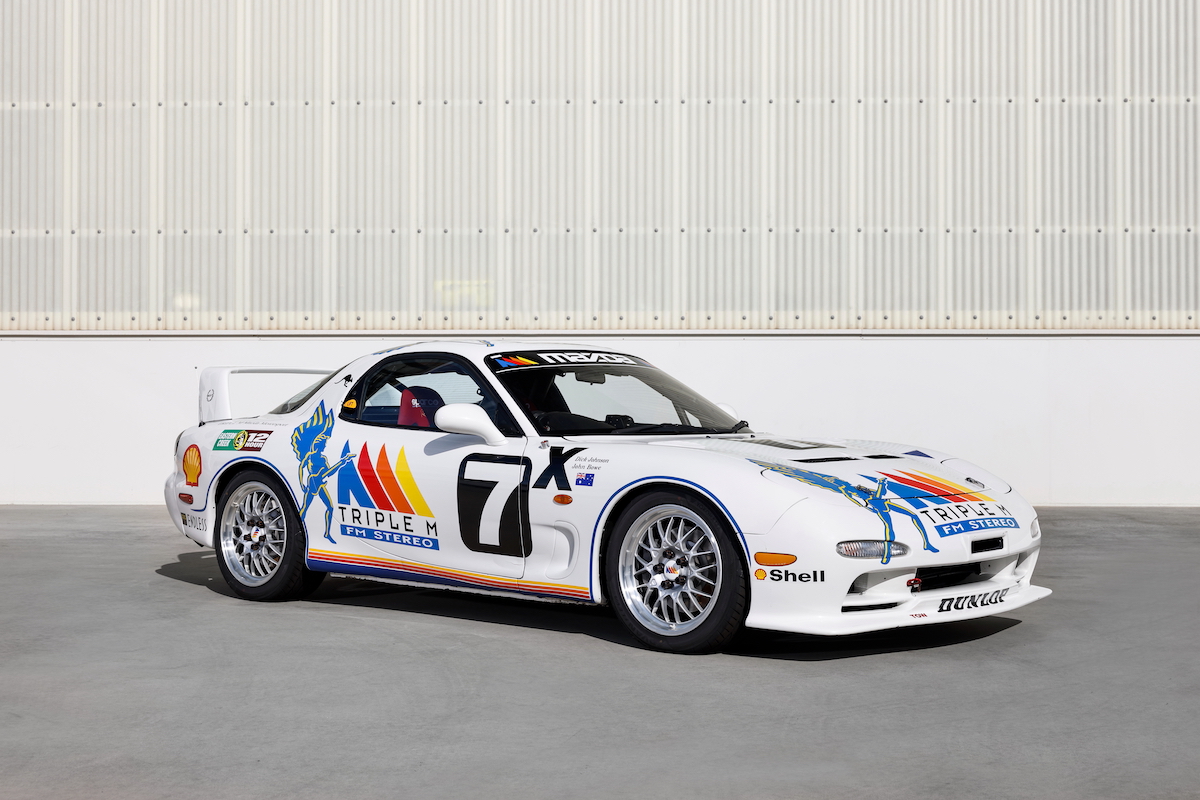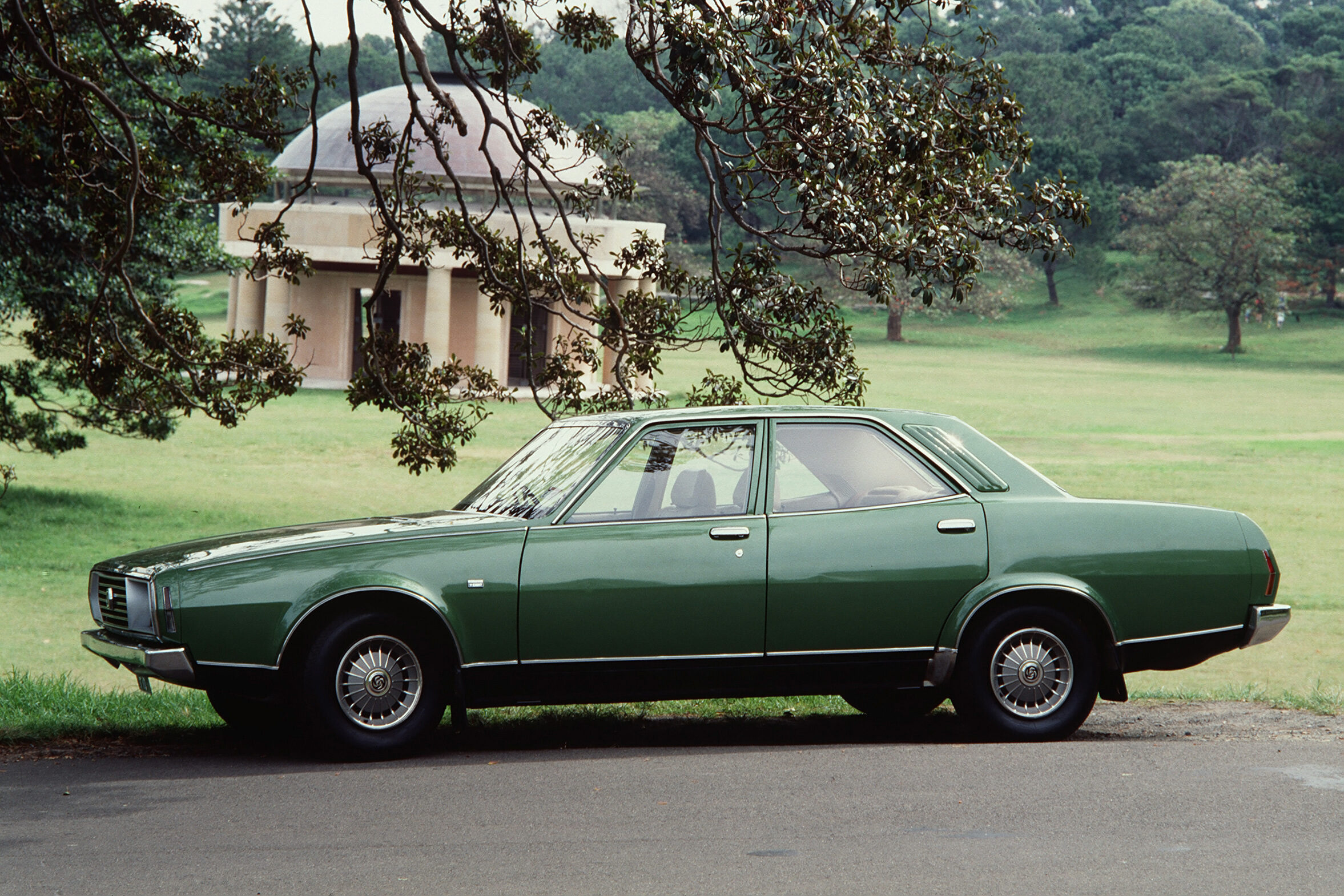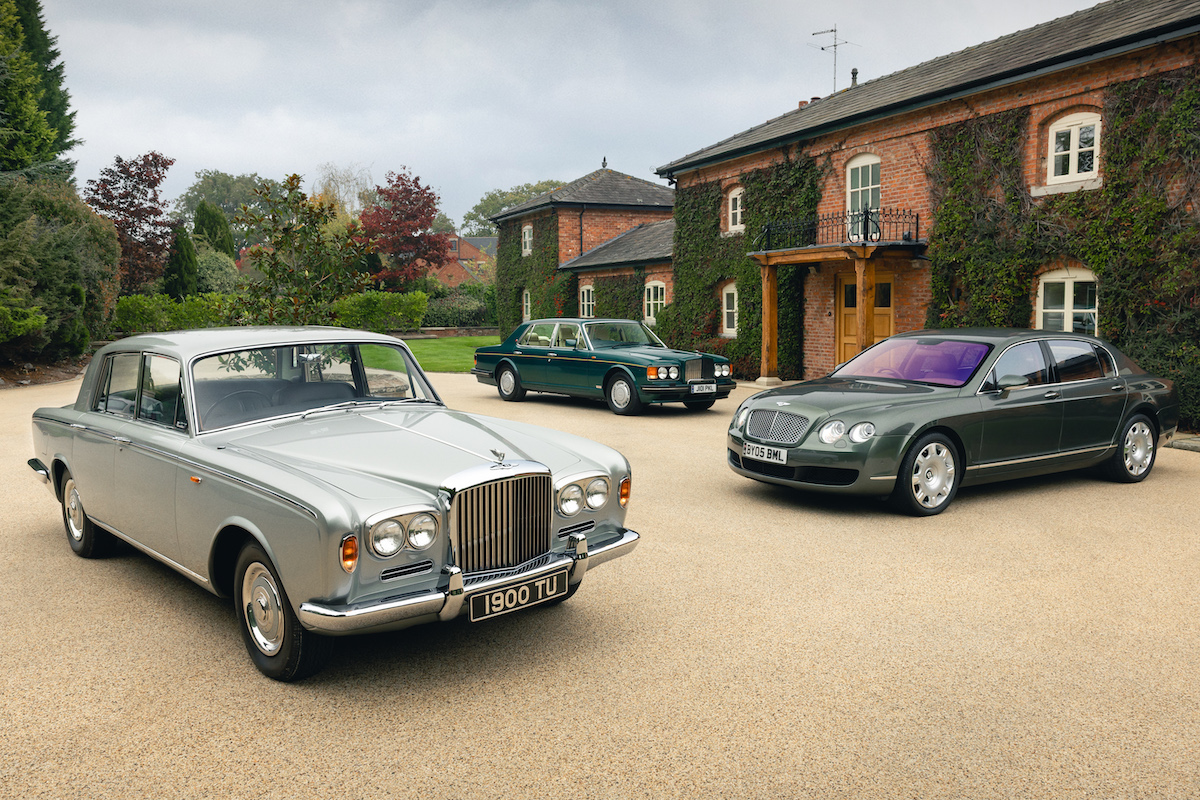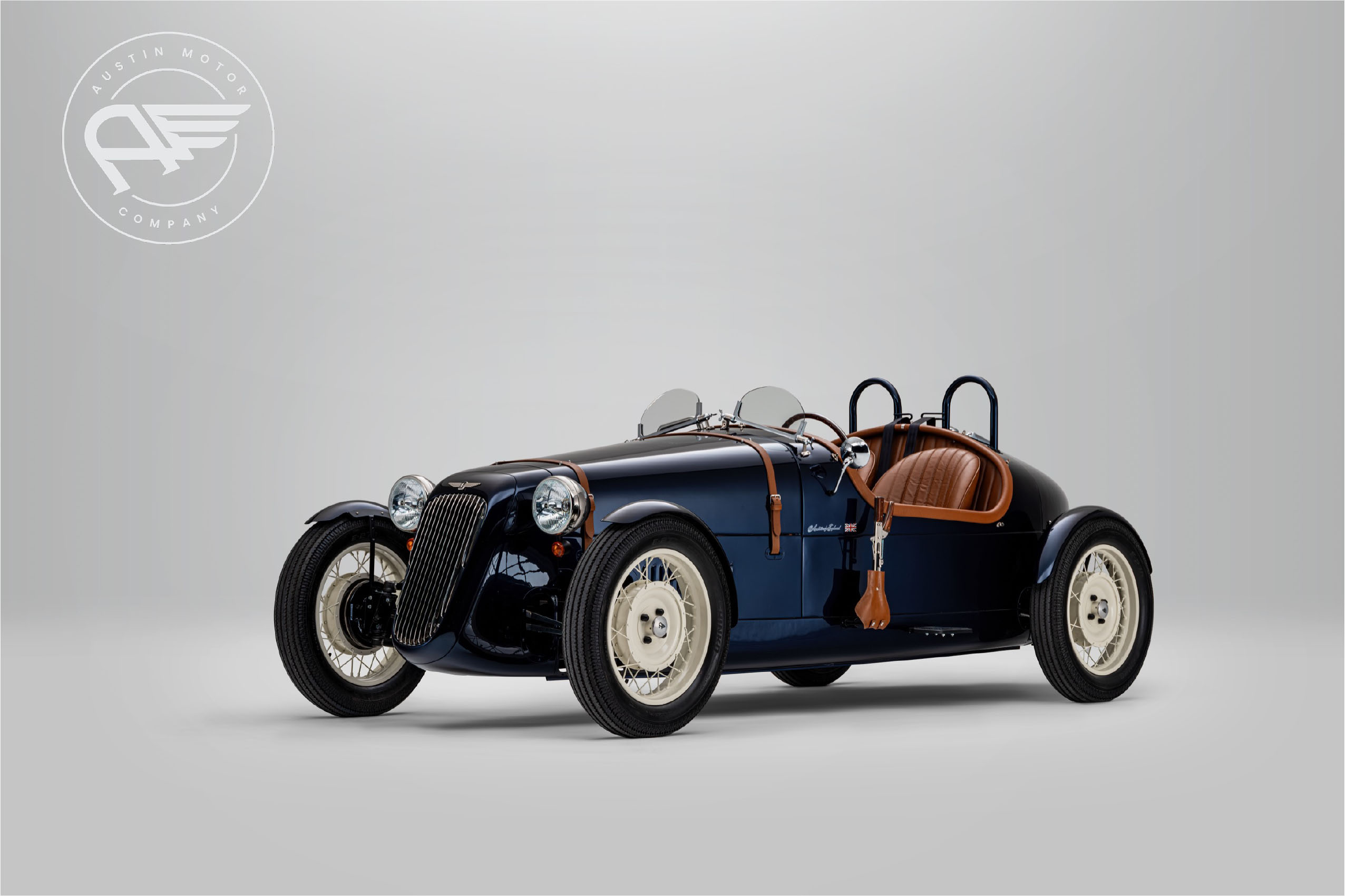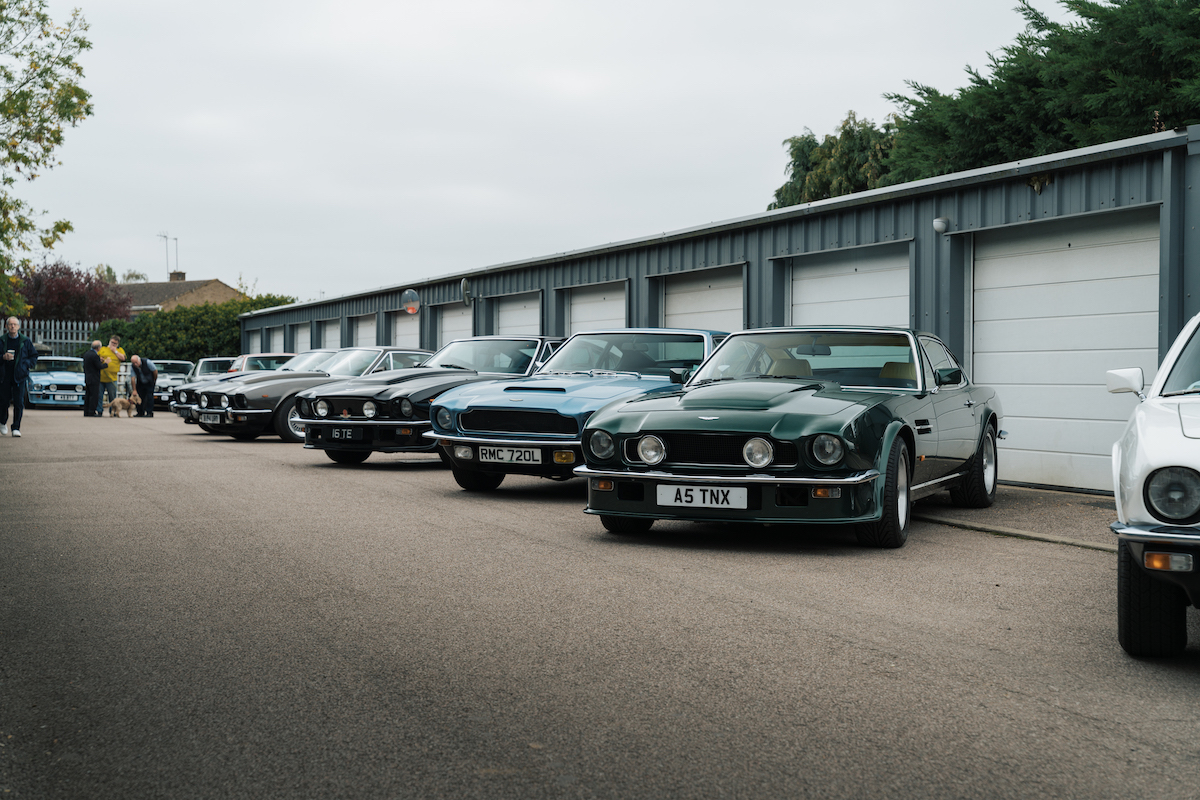The distinctive design of the Camargue still provokes debate even half a century after its launch (Image: Rolls-Royce Motor Cars)
Launched in 1975 and designed in collaboration with legendary Italian styling house Pininfarina, the Rolls Royce Camargue remains one of the most recognisable models in Rolls-Royce history.
The distinctive design of the Rolls Royce Camargue still provokes debate among car enthusiasts half a century after its launch. While you may not necessarily love its looks, the Camargue’s importance and place in the Rolls-Royce story can’t be disputed, says Andrew Ball, Head of Corporate Relations and Heritage at Rolls-Royce Motor Cars.
Designed in collaboration with legendary Italian house Pininfarina, it continued the British the marque’s tradition of continuous improvement in engineering, technology, performance and comfort levels. The Camargue was also the first Rolls-Royce to be designed with safety in mind from the ground up.
Today, the Camarque’s rarity and design, which Ball believes captures the essence of the 1970s, makes it a true modern classic and a car that’s increasingly desirable with collectors, particularly since it was never built in high volumes.
Origins of the Rolls Royce Camargue
In 1966, Rolls-Royce launched a two-door saloon version of the Silver Shadow, built by its in-house coachbuilders, Mulliner Park Ward. By 1969, the company was starting to think about its potential replacement and senior management felt the new design needed to be ‘dramatically different’ from the existing product line-up.
In October of that year, a Mulliner Park Ward saloon was sent to the Turin headquarters of legendary coachbuilder Pininfarina. Collaborating outside the Rolls-Royce design team was a radical departure from the usual process, but the two companies had worked together before.
Pininfarina duly dismantled the car, using its floorpan as the basis for the new model. The new design marked an interesting historical inflection point as the first Rolls-Royce ever to be built entirely using metric, rather than imperial measurements.
Sergio Pininfarina assigned the project to his Chief of Styling, Paolo Martin, whose portfolio included the Ferrari Dino Berlinetta Competizione concept car for the 1967 Frankfurt Motor Show.
In a precise and detailed brief, Martin and his team were tasked with creating “a modern and stylish motor car for the owner driver which maintains the traditional Rolls-Royce features of elegance and refinement.”
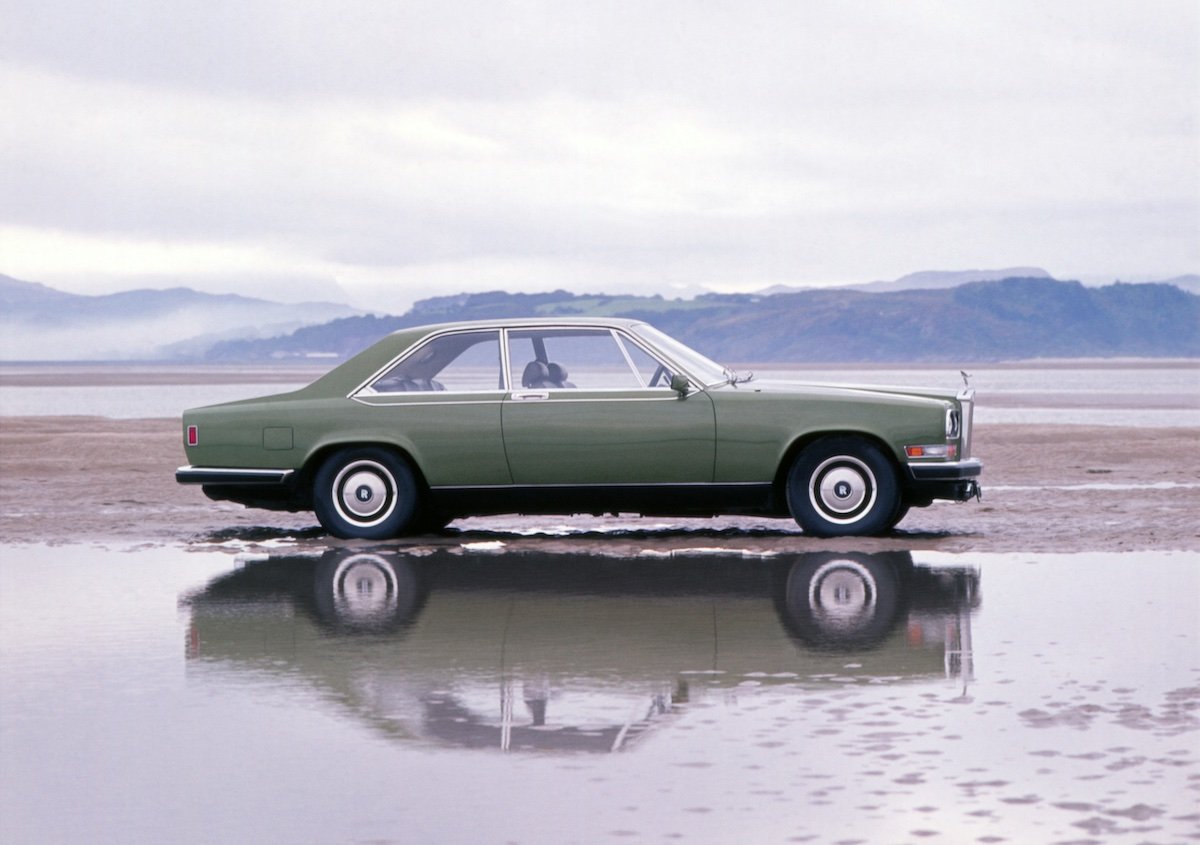
The Camargue was the first Rolls-Royce to feature an inclined grille, slanted at seven degrees, rather than one that sat straight upright (Image: Rolls-Royce Motor Cars)
The brief went on to describe the principal styling features as being a long-line shape with sharp edge surfaces well-matched to the classic shape of the Rolls-Royce radiator; a reduction in height compared to the Silver Shadow and an increase in width; a very inclined windscreen; a large area of glass; and the use of curved side windows for the first time on a Rolls-Royce.
Pininfarina did not present Rolls-Royce with a fait accompli, but worked closely with the marque’s own designers. Together, they produced a final design in which, as they explained, “the impression of lightness and slenderness has been achieved by the careful shaping of panels rather than using chromium-plated decoration.”
The external trimmings and light units were simple in design and modest in dimensions. The interior concept was very modern, functional like an aircraft cockpit and equipped with several high-precision instruments. The location of switches and controls was designed to be easily found, distinctive and precise in use.
The design team pointed out that objectives of modern design and functionality were achieved without giving up the most traditional and distinctive Rolls-Royce items, including the Pantheon Grille.
The grille was, however, subtly altered, with its top edge tilted forward by four degrees, a change that became one of the production model’s most recognisable – and controversial – visual signifiers. The Camargue became the only factory-built Rolls-Royce ever to display this subtle deviation from the vertical.
The new model was a crucial test for Mulliner Park Ward, as it was the first entirely new production model since Rolls-Royce had been split into separate automotive and aerospace businesses in 1971.
The first prototype, codenamed ‘Delta’, was on the road by July 1972 and after almost three years in development, the new model was presented to the world in March 1975.
From a shortlist of two possible names, Corinthian and Camargue, the company chose the latter, inspired by the marque’s longstanding connections to the south of France, where Sir Henry Royce had overwintered every year from 1917 until his death in 1933. The Camargue itself is an extensive coastal plain between the Mediterranean and the two arms of the Rhône River delta, south of the city of Arles.
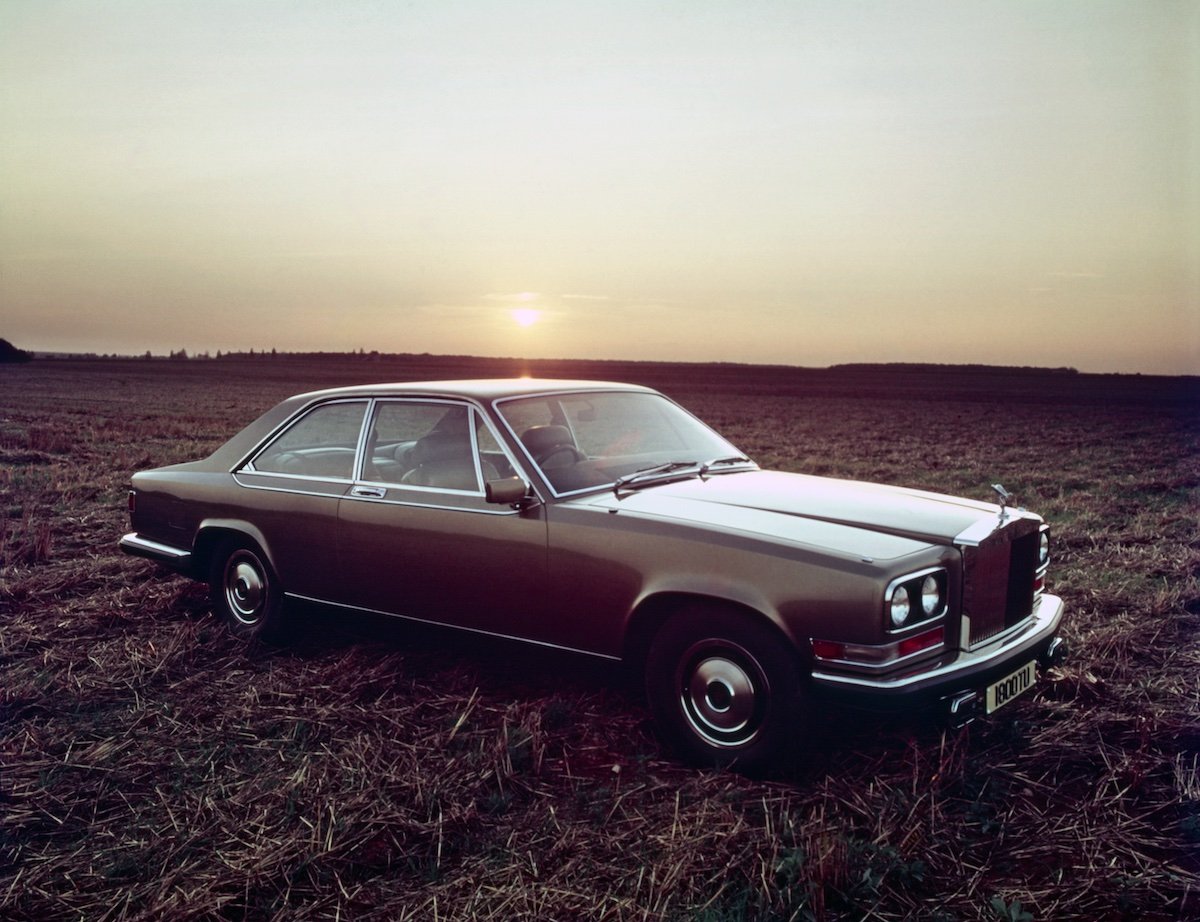
Automatic height control suspension and dual-level air conditioning were among the advanced tech fitted to the luxurious two-door saloon (Image: Rolls-Royce Motor Cars)
Beneath its metal skin the Camargue featured advanced automotive engineering, continuing Rolls Royce’s policy of constant refinement
Camargue’s dramatic yet elegant design included wide doors that, according to the sales brochure, “make possible an ease of entry not usually available on two-door motor cars” with “the backrest to the front seat unlocked electrically at the touch of a button, to give an access to the rear compartment which has a seat of exceptional comfort and width, allowing excellent visibility.”
The interior featured the first use of a brand-new, ultra-soft leather called ‘Nuella’. In accordance with Pininfarina’s ‘aircraft cockpit’ concept, the fascia featured switchgear and round instrument dials housed in matt-black rectangular surrounds, giving a sleek, aeronautical look.
A pleated roof lining and seats set lower in the body than those on the Silver Shadow gave excellent headroom, while the rear-seat legroom was vast for a two-door coupé. All occupants benefitted from the first comprehensive dual-level air conditioning system ever fitted to a Rolls-Royce motor car.
Power came from an aluminium, 6.75-litre V8 driving the rear wheels via a three-speed automatic transmission. The chassis featured fully independent suspension and automatic height control, helping ensure the marque’s fabled Magic Carpet Ride.
The Camargue’s significantly enhanced performance, safety and comfort was reflected in the fact that it was nearly twice the price of the Silver Shadow.
The Camargue was also the first Rolls-Royce to be designed from the outset to meet the increasingly stringent safety standards being introduced worldwide, with enhanced crash-deformity resilience, energy-absorbing interior materials and seatbelts for all four seats.
The bodyshell was so strong that the American safety tests for side impact, rear impact, roof impact and a frontal 30mph collision were all conducted on – and passed by – the same car.
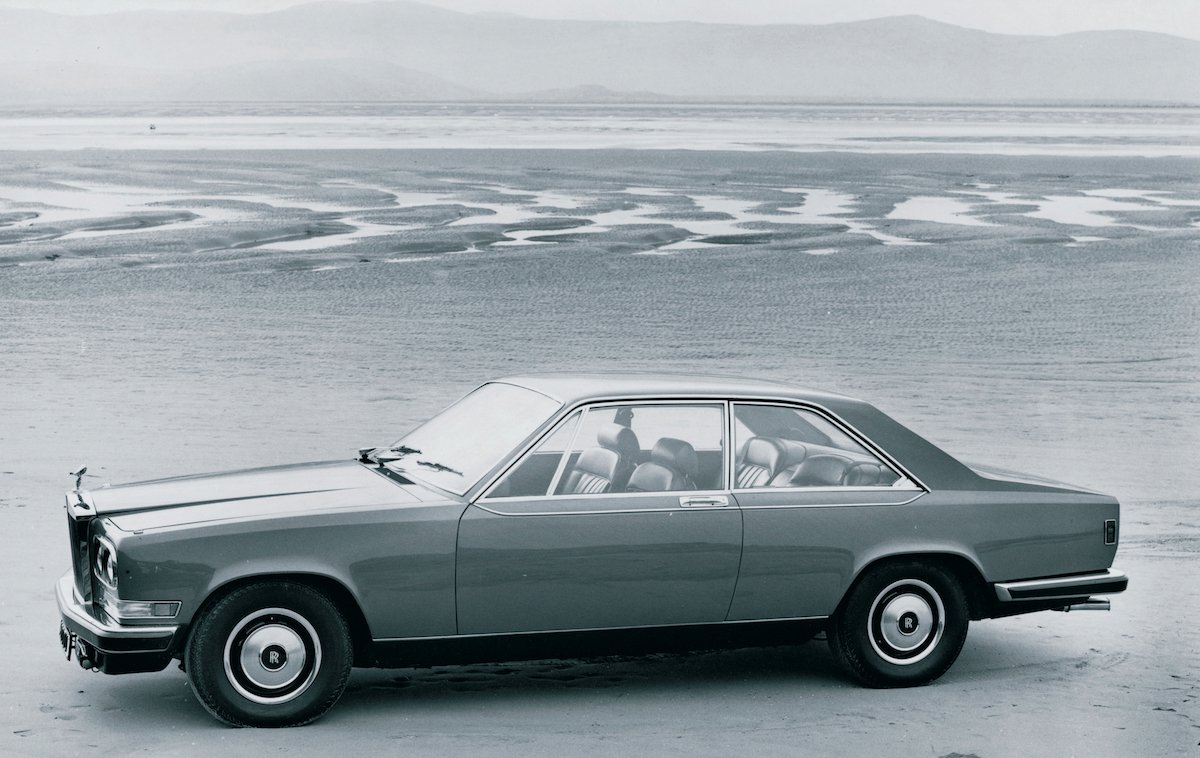
Only 529 examples were produced over its 12-year run, with almost 75 percent of those sold in the USA (Image: Rolls-Royce Motor Cars)
The Camargue’s limited production run ensured its rarity and desirability
For the first three years, Camargue was built in north London at the Mulliner Park Ward works, before production moved in 1978, to the Rolls-Royce factory in Crewe, where it continued until 1987.
With only 529 examples sold over 12 years, Camargue stands as a testament to exclusivity – its rarity makes it highly sought-after by collectors today. Almost 75 percent of its lifetime sales were in the USA.
With its distinctive styling, Camargue allowed its owner to make a bold statement. Though its aesthetics are still keenly debated even today, it remains one of the most instantly recognisable Rolls-Royce models, and an increasingly desirable modern classic among collectors and enthusiasts.

